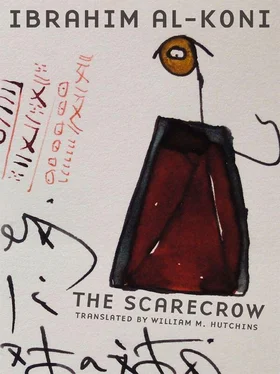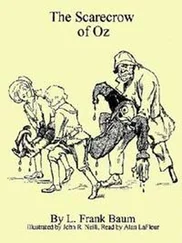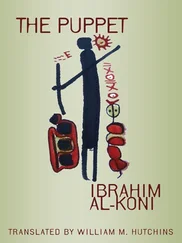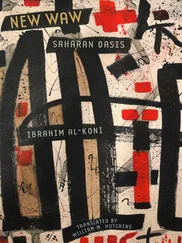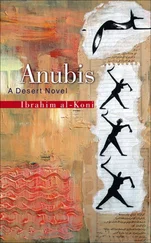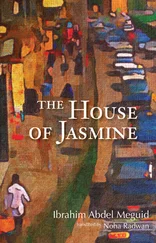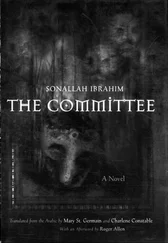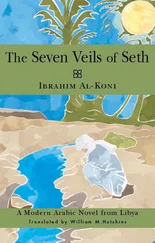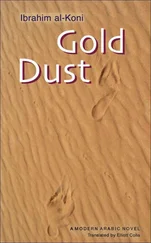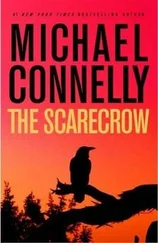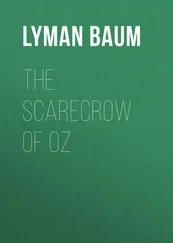Iblis, who in Islamic belief is the chief devil, has a better reputation with some Sufis than with Shari‘ah-minded, act-right Muslims, precisely because he refused to bow to anyone save God. Thus, arguably, he was the sincerest monotheist. Moreover, the Beloved’s curse bestows enviable recognition on the lover, because it shows God’s interest in that individual. In Farid ud-Din Attar’s The Conference of the Birds , for example, Eblis (Iblis) says: “All creatures seek throughout the universe/What will be mine for ever now — Your curse!” 57Finally, Elmarsafy has several pages of analysis of what he terms al-Koni’s own “Sufi Autobiography,” Marathi Ulis . 58
Attar’s ambivalence about Satan, the ultimate monotheist, is only part of the problem, as Afkham Darbandi and Dick Davis point out in their introduction when they refer to “the Sufi love of paradox” being deployed as “a way of jolting the reader out of his normal expectations of the world….” Furthermore, they warn that “Objects and individuals don’t maintain their allegorical significance from one story to another, so the meanings of the symbols in each story have to be worked out anew.” 59
Another element of al-Koni’s formation has been Russian literature, including authors like Dostoyevsky. Al-Koni has written of his “specific and intimate” relationship with Dostoyevsky, whom he has referred to as his master. He highlights the influence on him of Dostoyevsky’s “philosophic dimension and his symbolic system.” In this context, al-Koni says that a novel can be considered “ideas transformed into life” and that no other novelist was able to treat “abstract ideas and incarnate them in life” better than Dostoyevsky. 60
Marc Slonim, in his introduction to an English translation of The Brothers Karamazov , brings attention to human transgression:
The compulsion toward transgression … was to Dostoyevsky, a basic human compulsion; man does not accept his condition, nor does he accept the world which determined this condition. 61
In The Scarecrow ’s chapter called “The Gifts,” the newly anointed demonic ruler tempts the elders, who have proclaimed him leader of Waw, with gifts from his wonder-sack, exactly as if he were Mephistopheles tempting Faust.
CONCLUSION
All these extra varnishes or glazes on the painted surface of some of Ibrahim al-Koni’s novels enhance and reinforce the image of al-Koni’s demon as an agent of chaos construed as creative disorder, which is destabilizing but also necessary for growth — economic, physical, or spiritual. In The Scarecrow , once the demon becomes a despot, some of the balance or tension may be lost. The term theosis in Eastern Christianity refers to the doctrine asserting that if God can become man, men can become godlike. In al-Koni’s novels, if man can become demonic, jinnis can become human. There is no abyss or Sufi salvation under a carpet at the end of The Scarecrow , and the senior demon in Lawn al-La‘na may be the least interesting of al-Koni’s demons because he is so monochromatic, so evil.
Ancient Egyptian and West African sacred stories (myths) can serve as points of reference for interpreting demonic humans and humane demons in the works of Ibrahim al-Koni. Recent history, though, is also relevant. In a series of telephone conversations, Ibrahim al-Koni told the translator frequently that he is not a political person and not a political author. All the same, Colonel Qaddafi was, he has also said, one of The Scarecrow ’s multiple inspirations. Since the Arabic novel was completed and published in 1998, the crisis at the end refers not to the Libyan leader’s final year but to an earlier confrontation between Libya and the international community. The scarecrow (or Wantahet) and Qaddafi may have shared some West African characteristics: eccentricity that verges on the criminal, virility or male sexuality separated from fertility, self-centered exploitation of a culture of individual empowerment, encouragement or exploitation of tribalism, the embrace of nomadism or at least of the tent as a personal symbol, and acceptance of the role of Nietzsche’s Ű bermensch (or overman), whose antics, however deadly, never truly threaten the survival of the herd — or at least did not threaten it until the invention of weapons of mass destruction.
In short, a much fuller, more nuanced portrait of Wantahet and his avatars — who are frequent visitors to Ibrahim al-Koni’s novels — is provided by looking outside the traditional characterization of Satan by the three main Abrahamic religions.
In The Fetishists , al-Koni had Adda, the leader, explain: “Goodness, like truth, is an angel that speeds unimpeded across the countryside, but when a human hand seizes it and places it in a flask, it turns into an evil demon.” 62
1. Hughes Mearns, introduction to Edna St. Vincent Millay , by Edna St. Vincent Millay (New York: Simon & Schuster, 1927), 8.
2. William James, The Will to Believe and Other Essays in Popular Philosophy (Cambridge, MA: Harvard University Press, 1979), 52.
3. Ibid., 53.
4. William James, “On a Certain Blindness in Human Beings,” in Essays on Faith and Morals , selected by Ralph Barton Perry (Cleveland, OH: The World Publishing Company, Meridian Books, 1962), 260.
5. See The Seven Veils of Seth , trans. William M. Hutchins (Reading, UK: Garnet Publishing, 2008), 134.
6. See The Puppet , trans. William M. Hutchins (Austin: Center for Middle Eastern Studies, at the University of Texas at Austin, 2010), 1–9.
7. Elliott Colla provides a cautionary tale in an article in Banipal ; he was thinking of Jahili Arabic poetry in conjunction with a passage by al-Koni, who pointed him to Moby-Dick instead. Elliott Colla, “Translating Ibrahim al-Koni,” Banipal 40 (Spring 2011): 175.
8. Luc-Willy Deheuvels, “Le lieu de l’utopie dans l’oeuvre d’Ibrahim al-Kawni,” in La Poétique de l’espace dans la littérature arabe moderne , ed. Boutros Hallaq, Robin Ostle, and Stefan Wild (Paris: Presses Sorbonne Nouvelle, 2002), 25.
9. Ibrahim al-Koni, “Le ‘discours’ du desert: Témoinage,” in La Poétique de l’espace , 97–98.
10. The title of the English translation— The Seven Veils of Seth —is based on the author’s inscription in the copy of the Arabic novel he sent the translator.
11. David S. Noss, A History of the World’s Religions , 10th ed. (Upper Saddle River, NJ: Prentice Hall, 1999), 355.
12. Mehdi Bazargan, “Religion and Liberty,” in Liberal Islam: A Sourcebook , ed. Charles Kurzman (Oxford: Oxford University Press, 1998), 82.
13. Hilary Austen, interview by Peter Day on Global Business , BBC World Service, in an episode entitled “Thinking about Thinking,” updated March 31, 2011.
14. The novel al-Waram ( The Tumor ), in which the ruler finds that his official robe has fused with his skin, is related to this trilogy but seems to stand outside the plot sequence of the trilogy per se. The four volumes have been marketed separately in Arabic.
15. In a private conversation at Georgetown University on April 28, 2011, Ibrahim al-Koni said he had the first international blockade of Libya in mind when he wrote The Scarecrow .
16. Lawn al-La‘na (Beirut: al-Mu’assasa al-‘Arabiya li-l-Dirasat wa-l-Nashr, 2005), 14.
17. Ibid., 236.
18 . The Seven Veils of Seth , 75.
19. Ibid., 76.
20. Ibid., 143.
21. Al-Koni, “Témoinage,” 97.
22. H. Te Velde, Seth, God of Confusion (Leiden: E. J. Brill, 1967), 138–139.
Читать дальше
